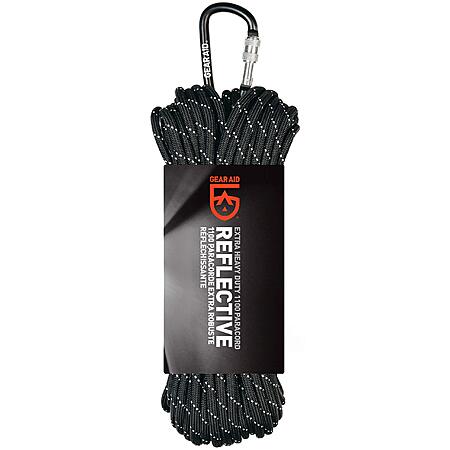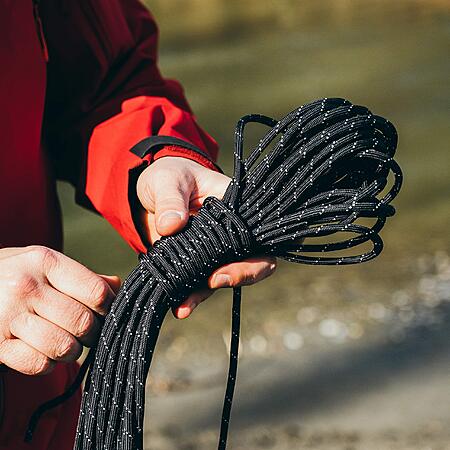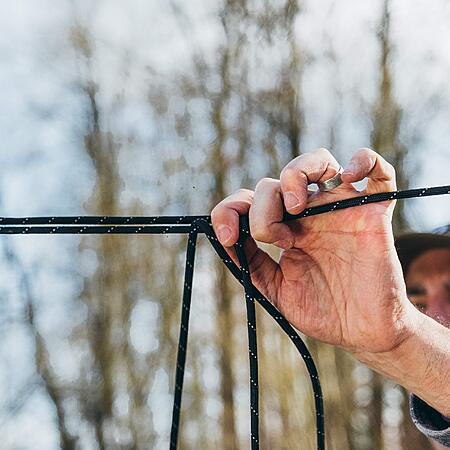expiredEragorn | Staff posted Nov 24, 2024 08:46 AM
Item 1 of 5
Item 1 of 5
expiredEragorn | Staff posted Nov 24, 2024 08:46 AM
100' 5.5mm Gear Aid Extra Heavy-Duty 1100 Outdoor Paracord & Carabiner
$9.00
$26
65% offAmazon
Visit AmazonGood Deal
Bad Deal
Save
Share









Leave a Comment
Top Comments
10 Comments
Sign up for a Slickdeals account to remove this ad.
Our community has rated this post as helpful. If you agree, why not thank Tyross
No. God no.
Go to Harbor Freight or Walmart and buy some inexpensive real tie downs.
Sign up for a Slickdeals account to remove this ad.
Rope Working Load
It may surprise you to find out that the working load for most kinds of rope is between 15% and 25% of the tensile strength. Now consider the fact that any time you tie a knot in a rope you effectively cut the tensile strength in half. The knot when tensioned cuts the line. While certain kinds of knots damage the line less than others, the 50% loss of tensile strength is a good general rule to live by. Research has shown that the figure 8 knot reduces the tensile strength by approximately 35% instead of 50% for other common knots tested.
AI had this to say:
AI Overview
Line weight is a term that can refer to the thickness of a line or the weight of a rope:
Rope working load
The amount of weight a rope can safely support without breaking. The working load is usually between 15% and 25% of the rope's tensile strength. Tying a knot in a rope can cut its tensile strength in half.
Rope breaking load
The minimum or average breaking load of a rope. The user is responsible for determining a safe working load by considering the rope's strength, expected life, and other factors.
Not sure if any of that helps anyone, but saves them a trip to the internet I guess. Someone on here probably knows for sure.
Leave a Comment